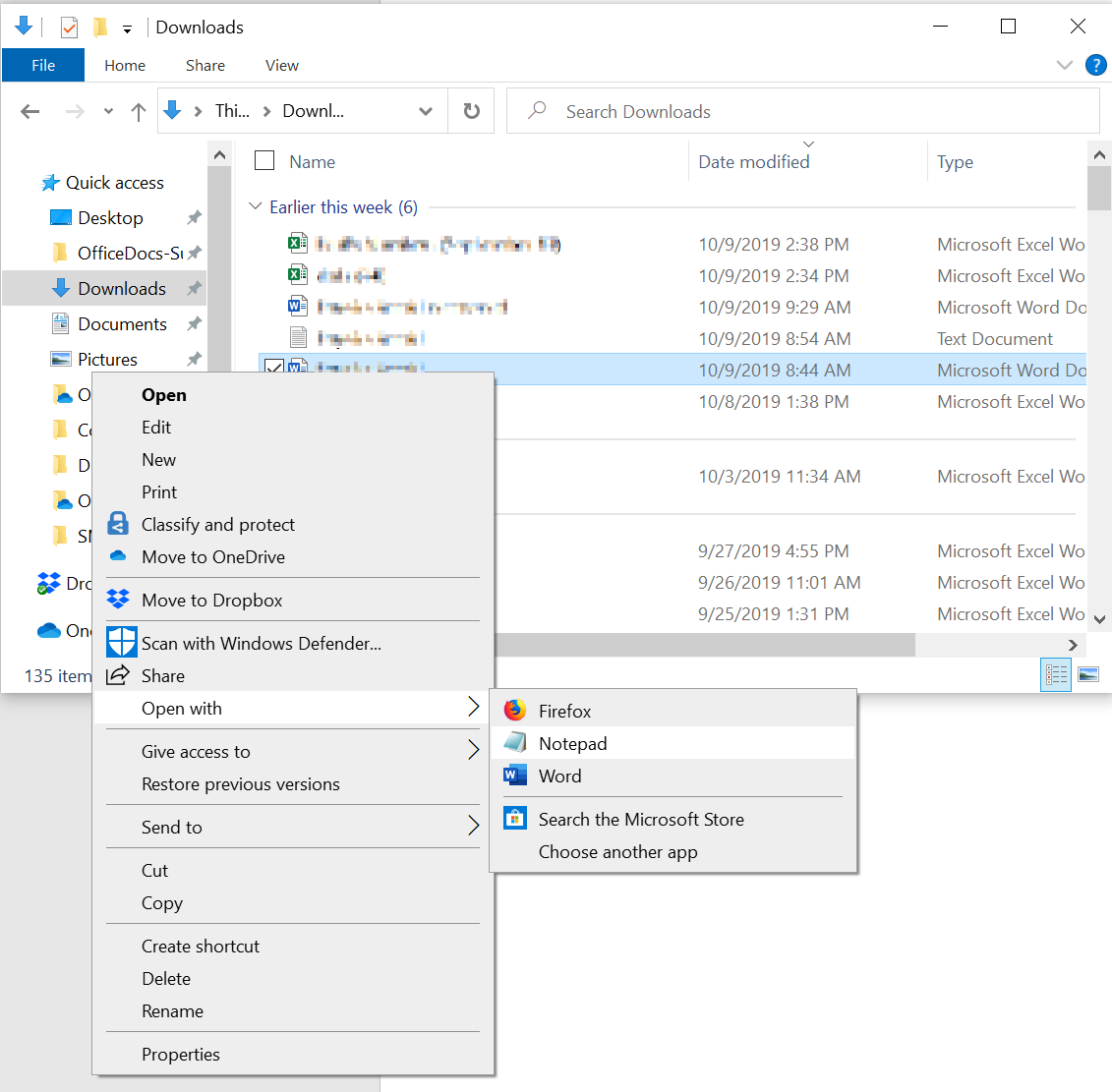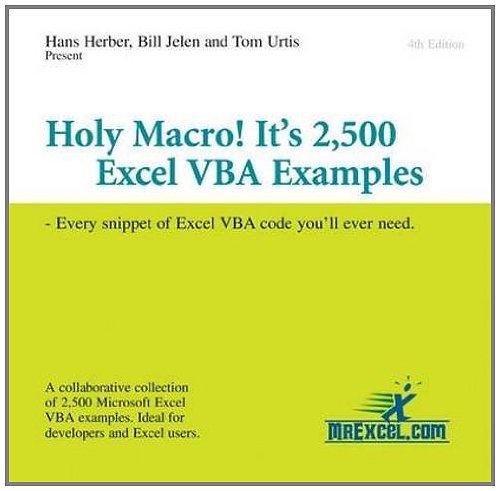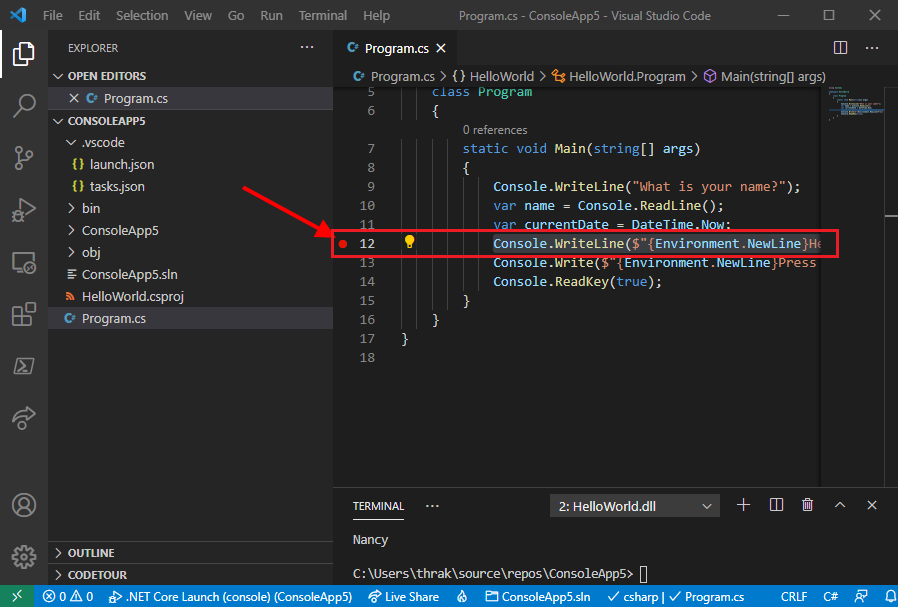In my experience working with VBA, run time error 91 occurs when an object variable is not properly set.
Identifying the Cause of Error 91
To identify the cause of Error 91 in VBA, first check if the object variable is properly set. Verify that the object has been initialized before trying to access its properties or methods. If the object is not set, this error will occur. Double-check the object reference to ensure it is pointing to a valid object in memory.
Review the code where the error is happening and look for any missing or incorrect object assignments. Check for typos or syntax errors that may be causing the issue. Make sure all variables are properly declared and initialized before use.
If the error persists, consider using error handling techniques to catch and handle the error gracefully. Utilize debugging tools like breakpoints or watch windows to track the flow of the code and identify the exact line causing the error.
Repairing Damaged Documents and Changing Settings

- Check for missing references in the VBA project
- Repair or reinstall Microsoft Office to ensure all necessary components are intact
- Reset the VBA environment settings to default
- Restore a previous version of the document from a backup
- Run a document repair tool to fix any corruption issues
- Update or reinstall the software associated with the document
Addressing Common VBA Error Triggers

When encountering run time error 91 in VBA, ‘object variable not set’, the issue often stems from not properly setting an object variable before using it. To address this common trigger:
First, double-check that the object variable is assigned a valid object reference. Using ‘Set’ is essential for this purpose.
Next, ensure that the object variable is initialized before any operations are performed on it.
If the error persists, review the code for any potential instances where the object variable is being accessed without being properly set.
Best Practices for Avoiding Future Errors

To avoid future errors like run time error 91 in VBA, always declare your object variables before using them. This ensures that the objects are properly set and prevents the error from occurring. Check your syntax and ensure that all variables are properly initialized before running your code. Additionally, use error handling techniques such as Try. . .
Catch blocks to catch and handle any potential errors that may arise during runtime.
Frequently Asked Questions
What is Runtime Error 91 in Solidworks?
Runtime Error 91 in Solidworks occurs when an object is assigned to a variable without using the “Set” keyword.
How do I fix error 91?
To fix error 91, you can download and launch Fixo on your PC or laptop. Choose “File Repair” to repair corrupted Office documents like Word, Excel, PDF, and more. If you have multiple files to repair, use the “Repair All” button. Don’t forget to click “Save” to save the selected document after fixing it.
How to handle runtime error 91 in VBA?
How to handle runtime error 91 in VBA?
When encountering runtime error 91 in VBA, it means that you attempted to use an object variable that isn’t yet referencing a valid object. To resolve this issue, you need to make sure to properly declare and set your object variables before using them in your code. By using the ‘Dim’ statement to declare the object variable and the ‘Set’ statement to assign a valid object reference, you can prevent runtime error 91 from occurring.
